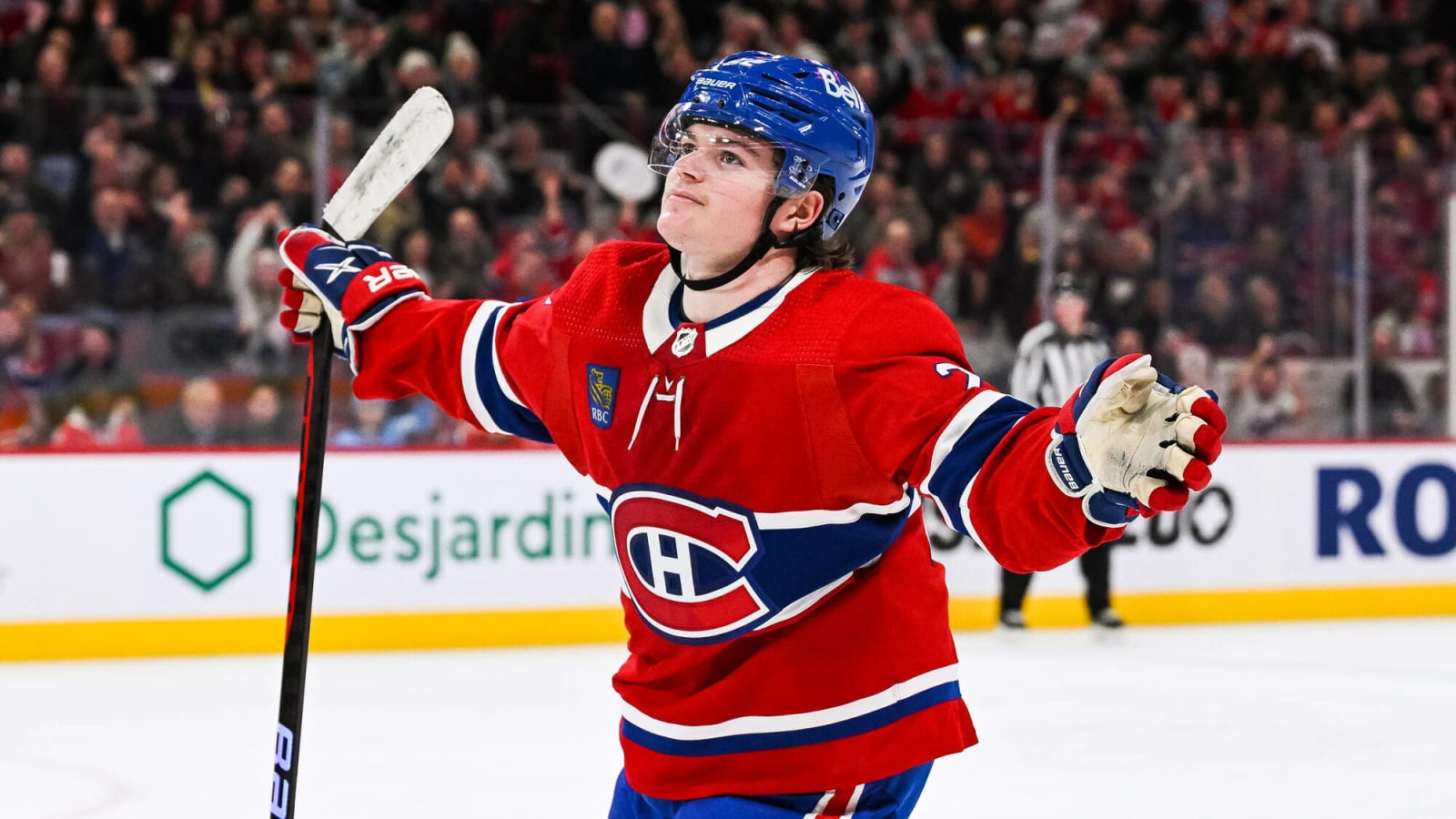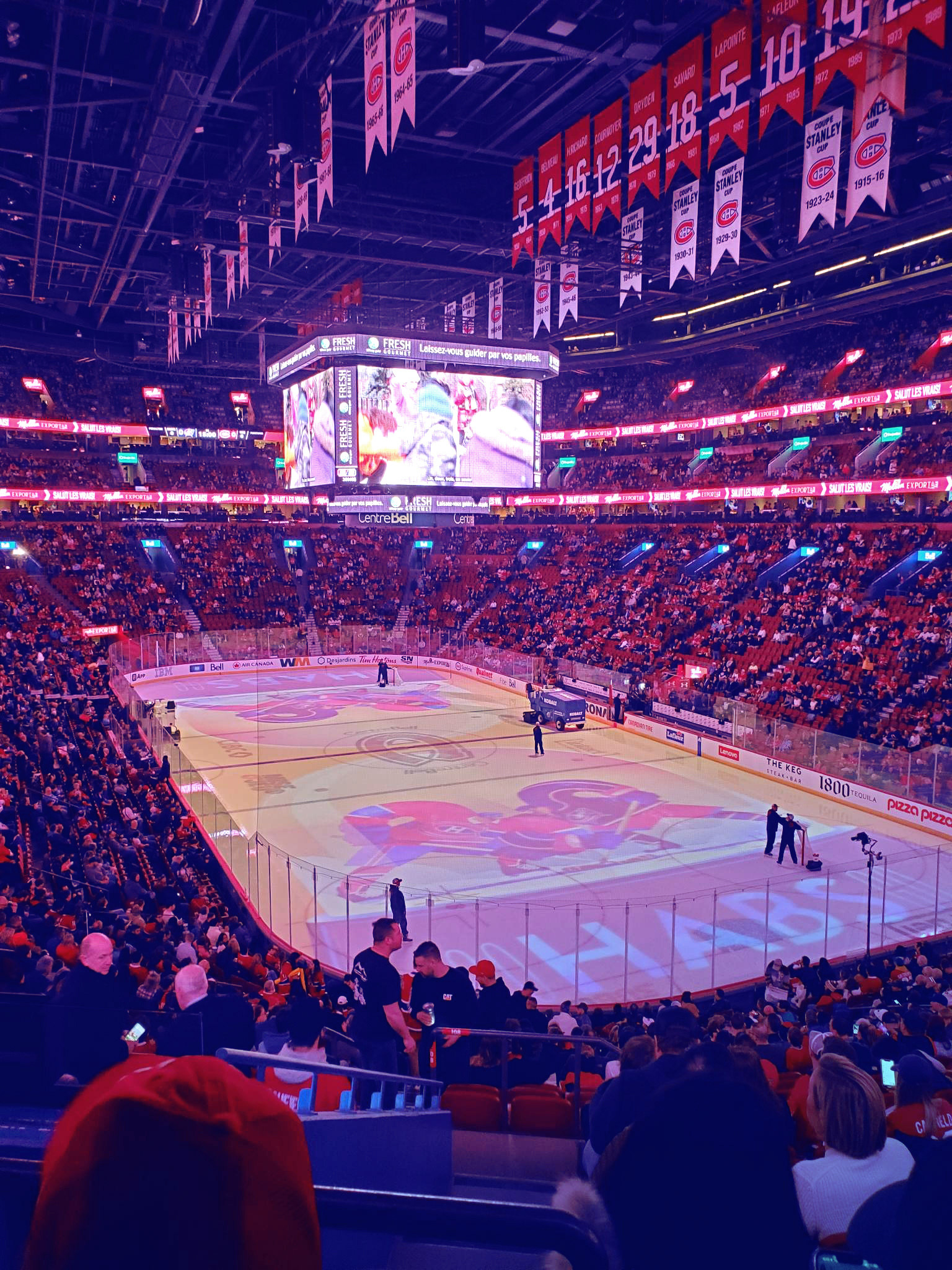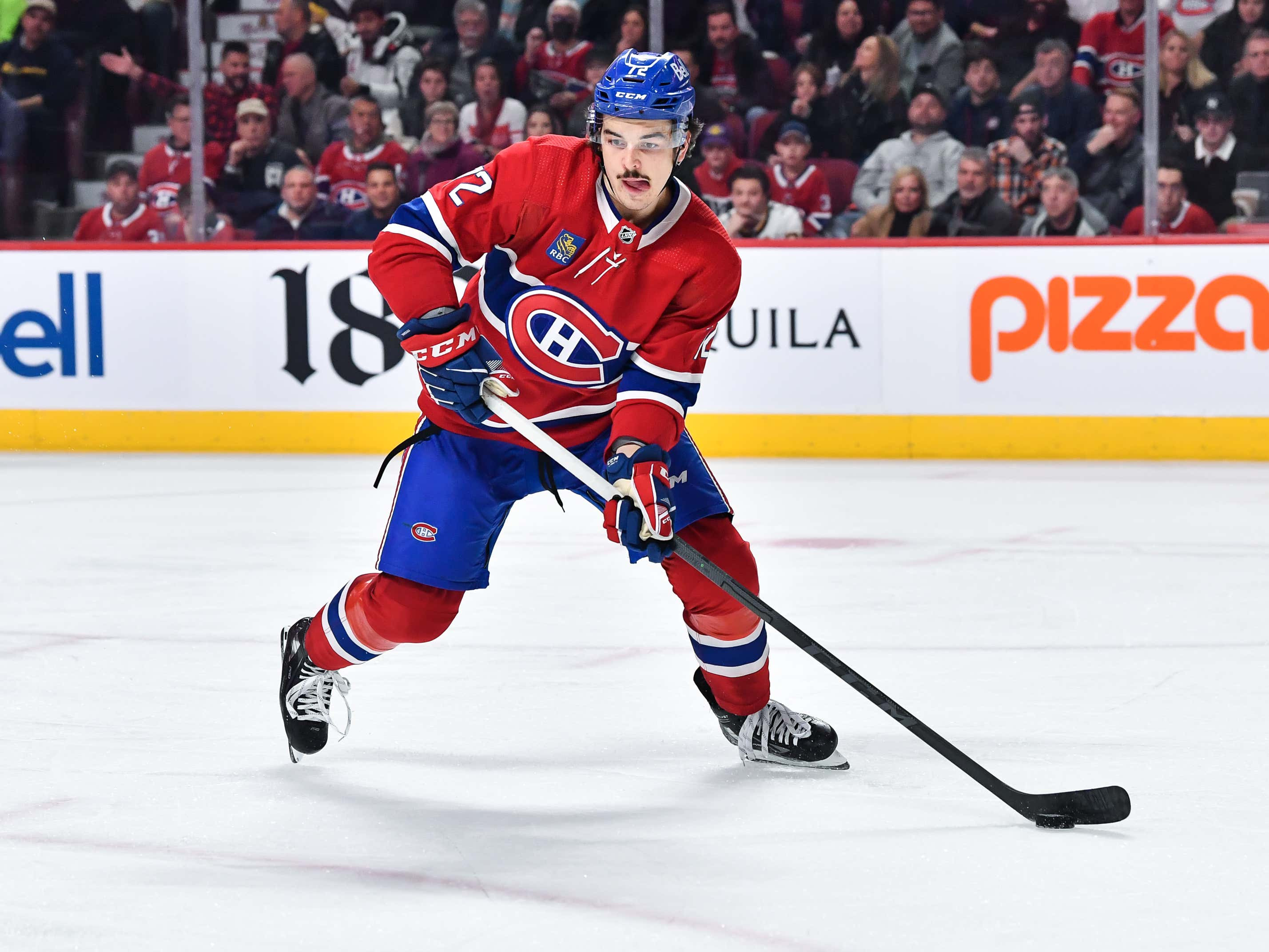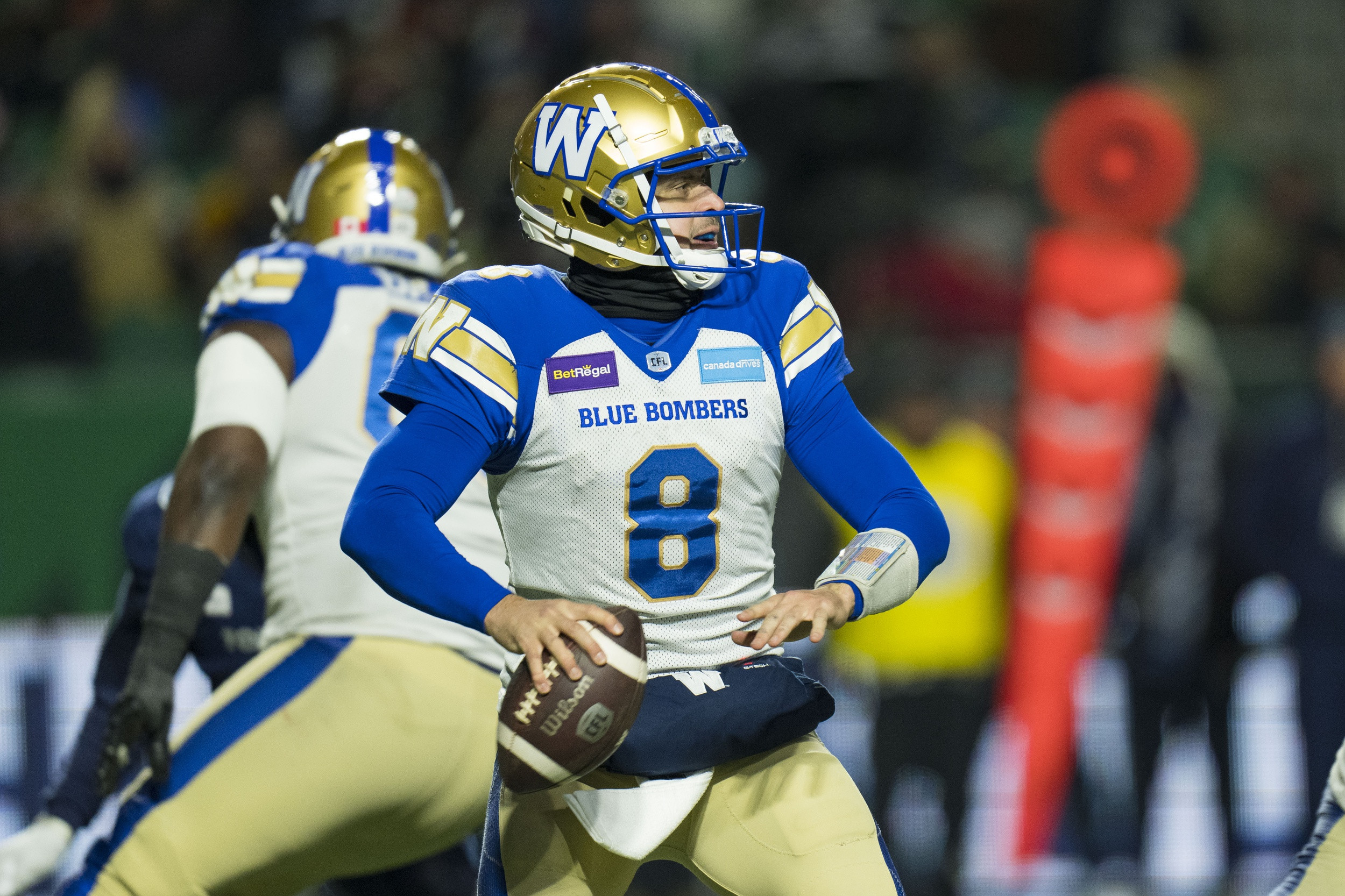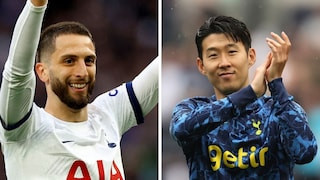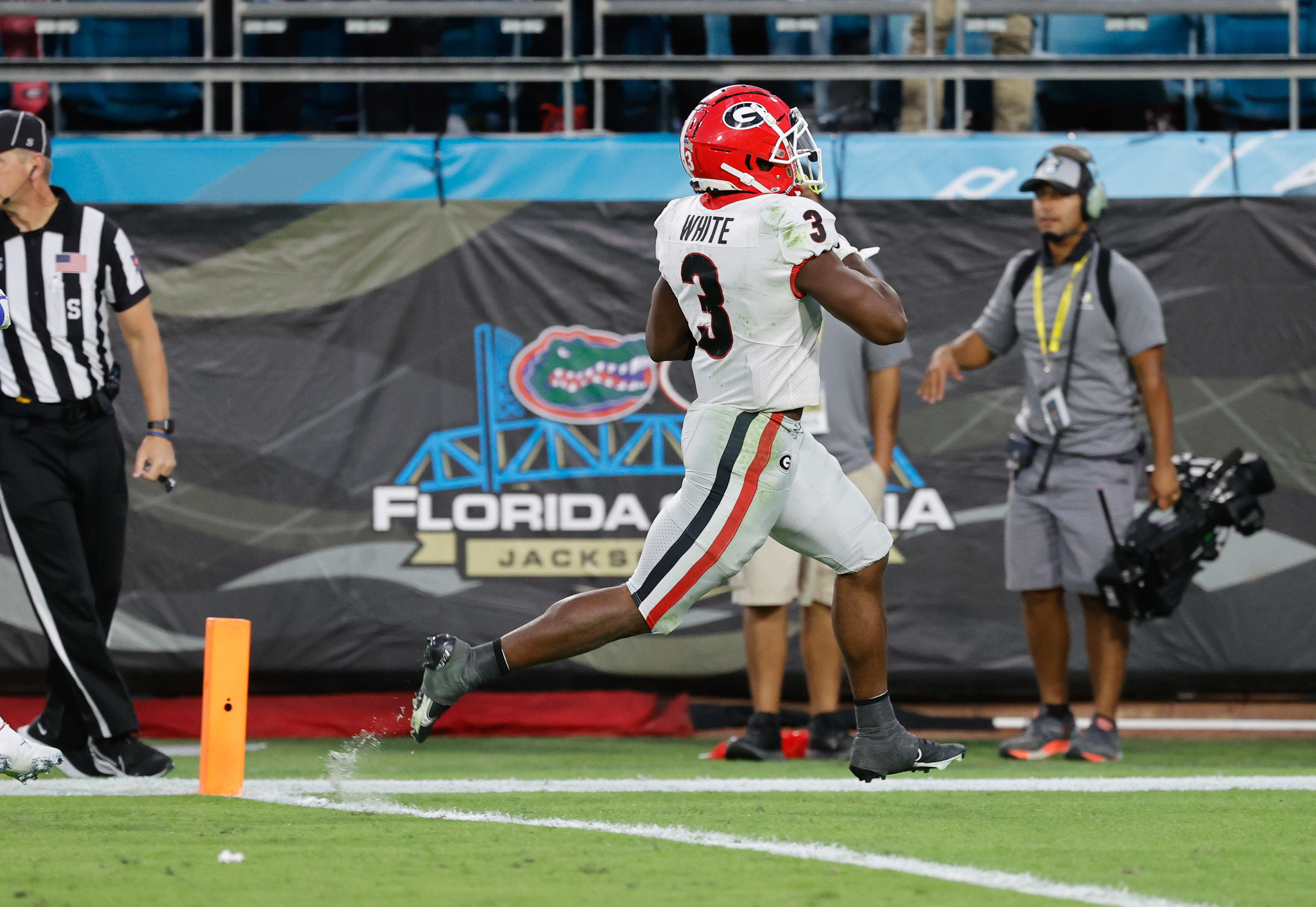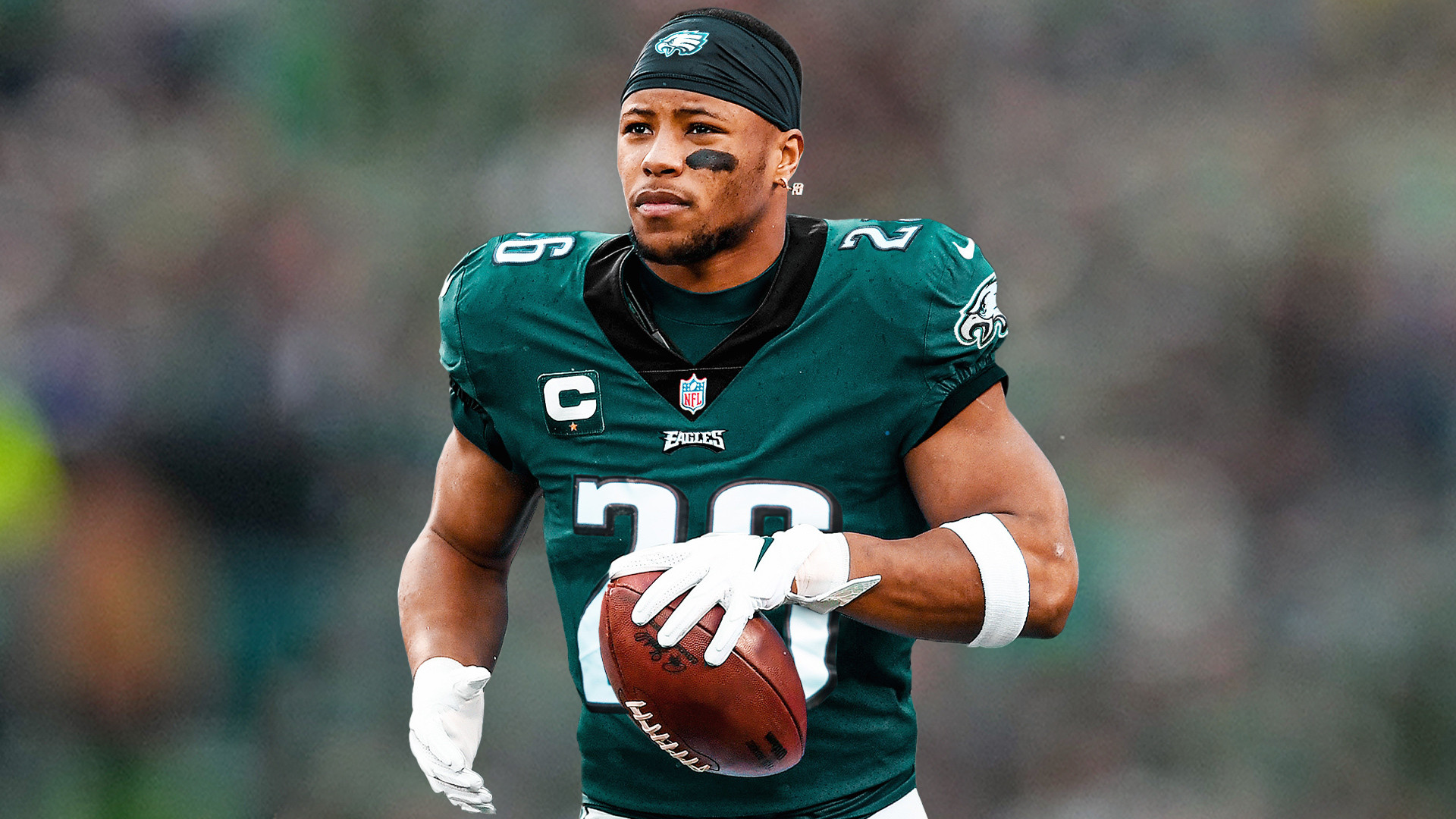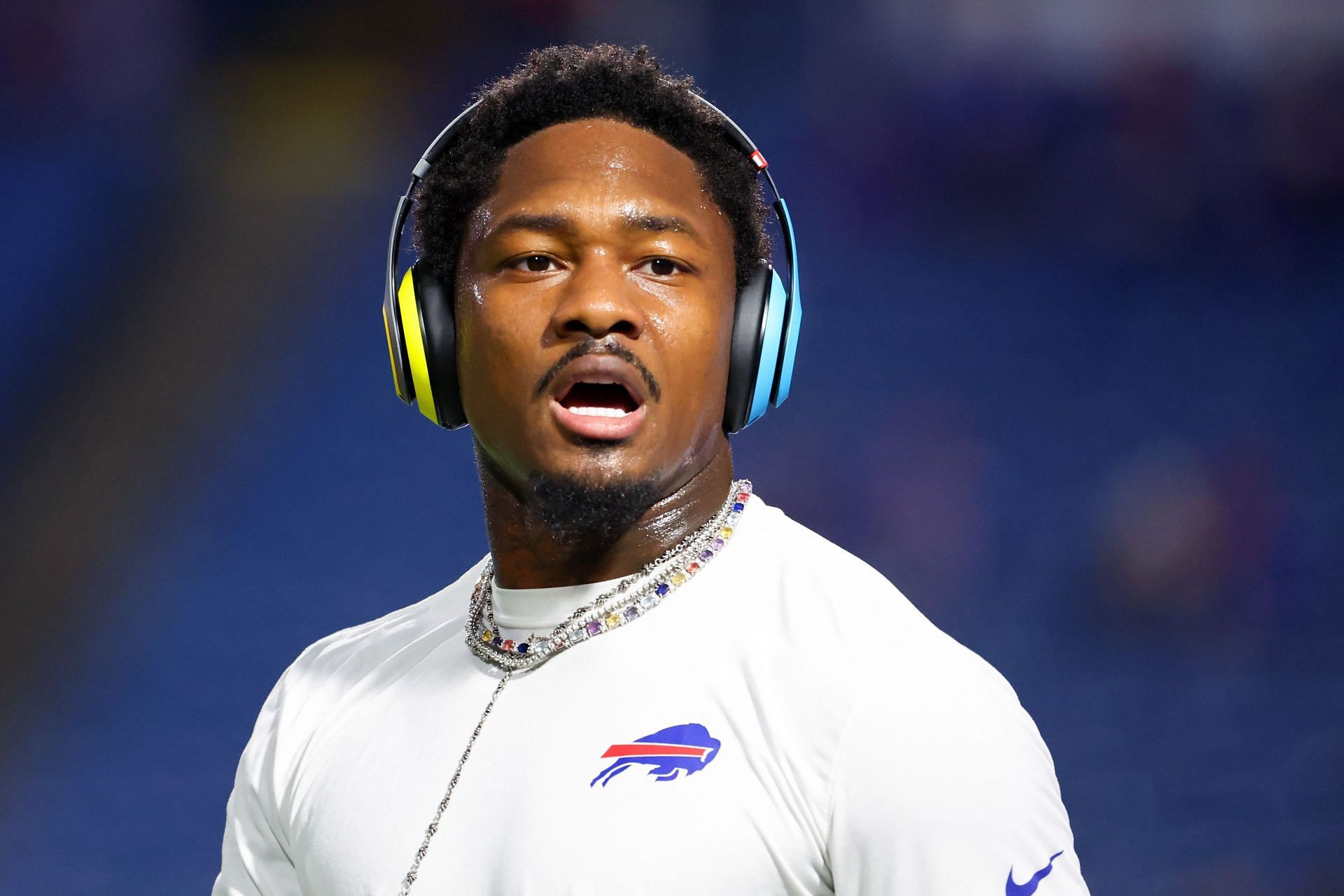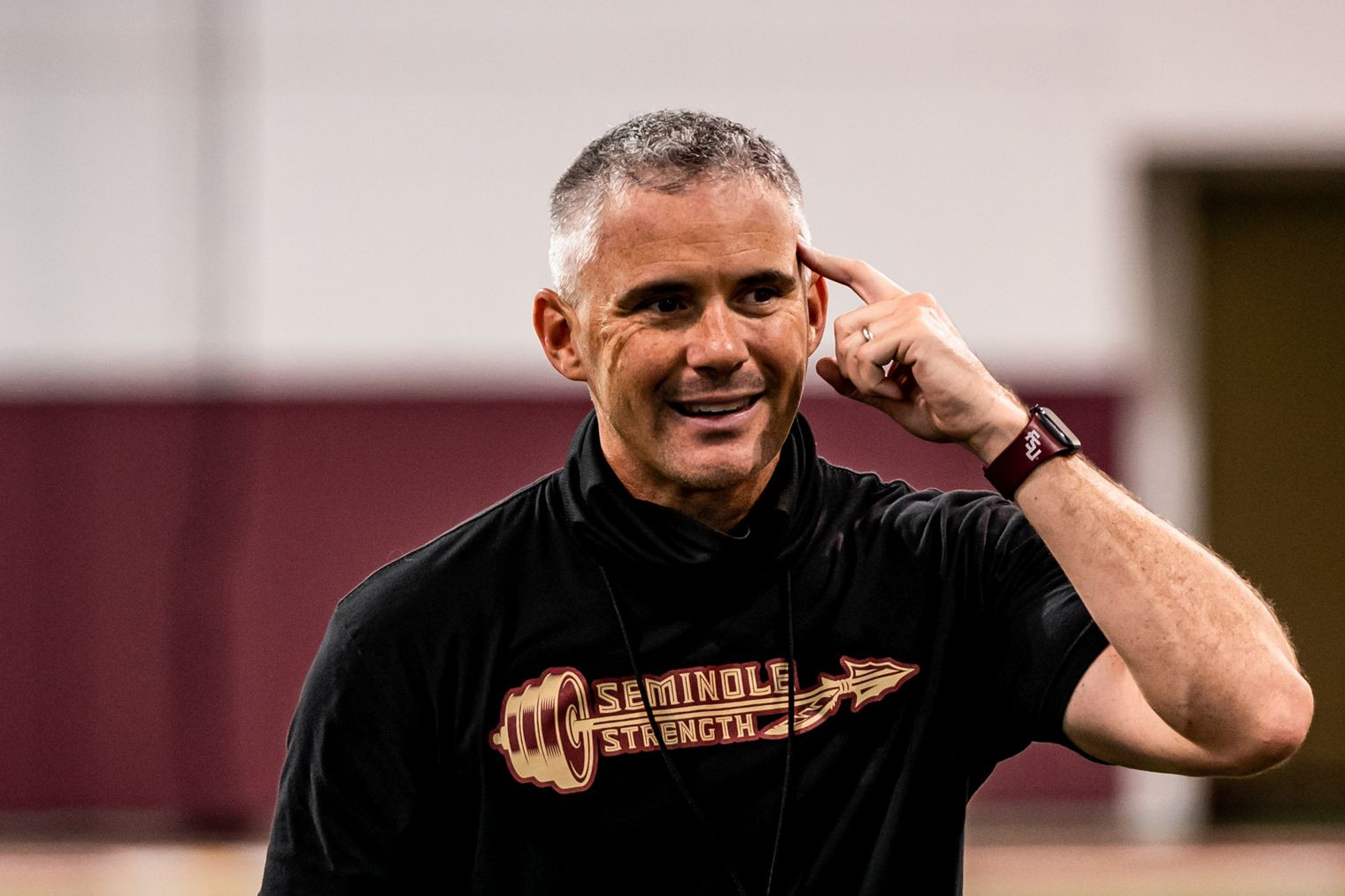The Canadiens de Montréal finished 27th in the NHL in power-play percentage last season, and if they want to be in the mix late into the spring, they'll need to have more success on the man advantage.
While not making it a top priority this season, head coach Martin St-Louis did admit that he would be putting a bit more emphasis on special teams work this year.
"I'm not saying it's not a priority either," St-Louis said, regarding the power play. "It's important. But the five-on-five game is very, very important. You can't just rely on the power play. But the power play has to improve and it has to help us win games. Our penalty kill has to help us win games. But I don't think either of them is going to make a difference if the five-on-five game isn't in a good place."
Canadiens players spent more than 30 minutes on the ice working on special teams on Friday. Kirby Dach joined the regular foursome from last season – Nick Suzuki, Cole Caufield, Juraj Slafkovsky, and Mike Matheson – on the first unit.
The second unit featured Lane Hutson, Patrik Laine, Brendan Gallagher, Alex Newhook, and Joshua Roy.
There were plenty of position changes, particularly on the first unit.
"I was part of a unit with the Winnipeg Jets that scored a lot and nobody moved and there are units like the Edmonton Oilers where there's constantly movement and they're one of the best teams in the league in that phase of the game," Laine said. "You have to find what works for your group. That's what we're trying to do."
St-Louis noted that special teams is a constant game of cat and mouse. He recalled that the last major evolution in power-play deployment was the 1-3-1 used by the Tampa Bay Lightning before the 2010s.
Since then, penalty-kill units have learned to counter that formation, notably by forcing the player along the boards to move towards the corner of the ice. They've therefore switched wingers so that they have more options to deal with that pressure.
"You have to understand what beats what," St-Louis said. "It doesn't guarantee a goal, but you have to know how to beat the opponent's penalty-kill unit."
"We're teaching the players what to do depending on the situation in front of them. Everyone has to be on the same wavelength and recognize the signs. Eventually, you'll see the opening even before it's created. It takes time and I'm glad we're able to work on that."
Canadiens players will need repetitions to develop their instincts. This is especially true for players like Dach and Laine, who are returning to the game after absences of nine and 11 months, respectively.
Laine appeared frustrated on several occasions on Friday.
"I know what I'm capable of and what my mandate is here," said the 26-year-old Finn. "When it doesn't go the way I hope, I'm hard on myself. I'm demanding of myself and my teammates because I want to win."
Laine did acknowledge that he will need to be patient as he works to shake off the rust and build chemistry with his new teammates.
He said he would like to play in each of the Canadiens' final three preseason games. When asked about that possibility for Laine and Dach, St-Louis simply replied that "everything is possible."
The Search for the Quarterback
Who will be distributing the pucks when the Canadiens are on the power play this season? This question lies at the heart of the most interesting aspect of the team's training camp: the arrival of small American defenseman Lane Hutson.
In all team sports, we especially cherish athletes who can read the game, organize it, and exploit defensive flaws to feed their teammates. This form of intelligence is the lifeblood of a winning team.
When mentioning this type of player, many examples come to mind. In Montreal, the last true quarterback was probably Andrei Markov. He was the cornerstone of several very successful power-play units. And when he left Montreal, the organization struggled to recover.
While game reading can be taught, good playmakers seem to possess an innate talent that puts them well above the fray. Take quarterback Charlie Ward, for example. After winning the Heisman Trophy (awarded to the outstanding American college football player) in 1993, this phenomenon surprised everyone by leaving football to focus on basketball. The New York Knicks then drafted him in the first round (in 1994) and, naturally, Ward excelled in the NBA for 11 years as a point guard.
Distributing balls, whatever their shape, was second nature to him.
In Montreal, rookie Lane Hutson belongs to the breed of true playmakers.
Playing for Boston University, Hutson was his team's quarterback and the most productive defenseman in American college hockey over the past two seasons. And before that, Hutson was the most productive defenseman in the USA National Development Program.
In short, despite his small stature (generously, he is now listed at 5'10" and 162 lbs), Lane Hutson has always dictated or influenced the flow of action on the ice. Inevitably, the puck goes through him in the offensive phases of the game. And the offensive phases of the game extend because he's the one managing them.
When the Canadiens' scouts decided to bet on him in the second round of the 2022 draft, their gamble was clear: either Hutson would make it to the NHL as a puck distributor and quarterback of a power-play unit, or he wouldn't play there at all.
And since the end of last season, there's no doubt anymore, we know he will play in the NHL.
His immense offensive talent, intelligence, and elusiveness allow him to stand out. He once again demonstrates that the perennial debate about player size is irrelevant when it comes to a great offensive player.
Ultimately, we can now wonder if the Montreal management will let Lane Hutson be Lane Hutson quickly.
Because the Canadiens have, in a way, built themselves a quarterback over the past two seasons in Mike Matheson.
Acquired from the Pittsburgh Penguins in July 2022 for Jeff Petry and Ryan Poehling, the Quebec defenseman is a former client of general manager Kent Hughes.
Before arriving in Montreal, Matheson had never been among the top two most used defensemen on his team's power play in the NHL. With the Florida Panthers and Penguins, he joined the power play for about 50 minutes per year. That's the equivalent of less than a minute per game.
That's why, during his first six seasons in the NHL, despite his label as an offensive defenseman, Matheson only collected 2 goals and 16 points on the power play.
Once in Montreal, no doubt because there was no other viable option, Matheson was promoted and cemented in the quarterback position. Over the past two seasons, he has played 454:30 minutes on the man advantage while the second most frequently called upon defenseman by Martin St-Louis, Justin Barron, has only had 94:26 minutes.
Last season, the dependence on Matheson was such that he ended up fourth among NHL defensemen in power-play minutes, right behind Cale Makar and ahead of offensive specialists like Erik Karlsson, Luke Hughes, Evan Bouchard, John Carlson, and Victor Hedman.
And what's absolutely remarkable is that Matheson amassed 28 points (including 5 goals) on the power play last season, placing him 8th among NHL defensemen in that category.
That said, despite Matheson's personal performance and despite the presence of talented players at his side, the Canadiens' power-play unit could only manage a 27th place finish last season and a 29th place finish in 2022-23.
This raises some killer questions:
- Is the team stuck in a power-play rut because of a lack of talent? Or is it a coaching issue?
- Will a change of quarterback be enough to boost the power play? Or does Montreal need to re-evaluate the entire power play unit?
- Will the emergence of Lane Hutson provide the spark that the team needs?
The Canadiens' two-game-in-two-night sequence played on Monday and Tuesday provided a stark contrast.
Against the Flyers on Monday, within the power play led by Hutson, the puck circulated freely and the small American rearguard kept the opposing defense on its heels by constantly threatening to create a gap by beating an opponent one-on-one. And all this despite the fact that Hutson was playing with Kirby Dach and Patrik Laine, who had never been teammates and who were returning to the game after very long absences.
Against the Devils on Tuesday, the Habs relied primarily on their first power-play unit from last season with Matheson, Cole Caufield, Nick Suzuki, Juraj Slafkovsky, and Joel Armia filling in. But this unit was held scoreless in eight attempts.
The Montreal player who got the most scoring chances on the power play was prospect Filip Mesar, who was playing on the second unit. And on several occasions, when the first unit was in action, it felt like we were watching the same film as in the previous two campaigns: an almost chronic inability to create openings and high-quality scoring chances.
All this while the Devils had sent a team worthy of the American League to Montreal.
After the second game, when asked to comment on this aspect of the game against the Devils, Martin St-Louis stiffened slightly in his chair. "We haven't worked on the power play yet," he pleaded twice.
However, on the eve of a season in which the Canadiens aspire to become a relevant team again and in light of Hutson's performances, the real question is not when the coach and his men will start refining their five-on-five attack.
The big decision will be to determine who will be the leader.




